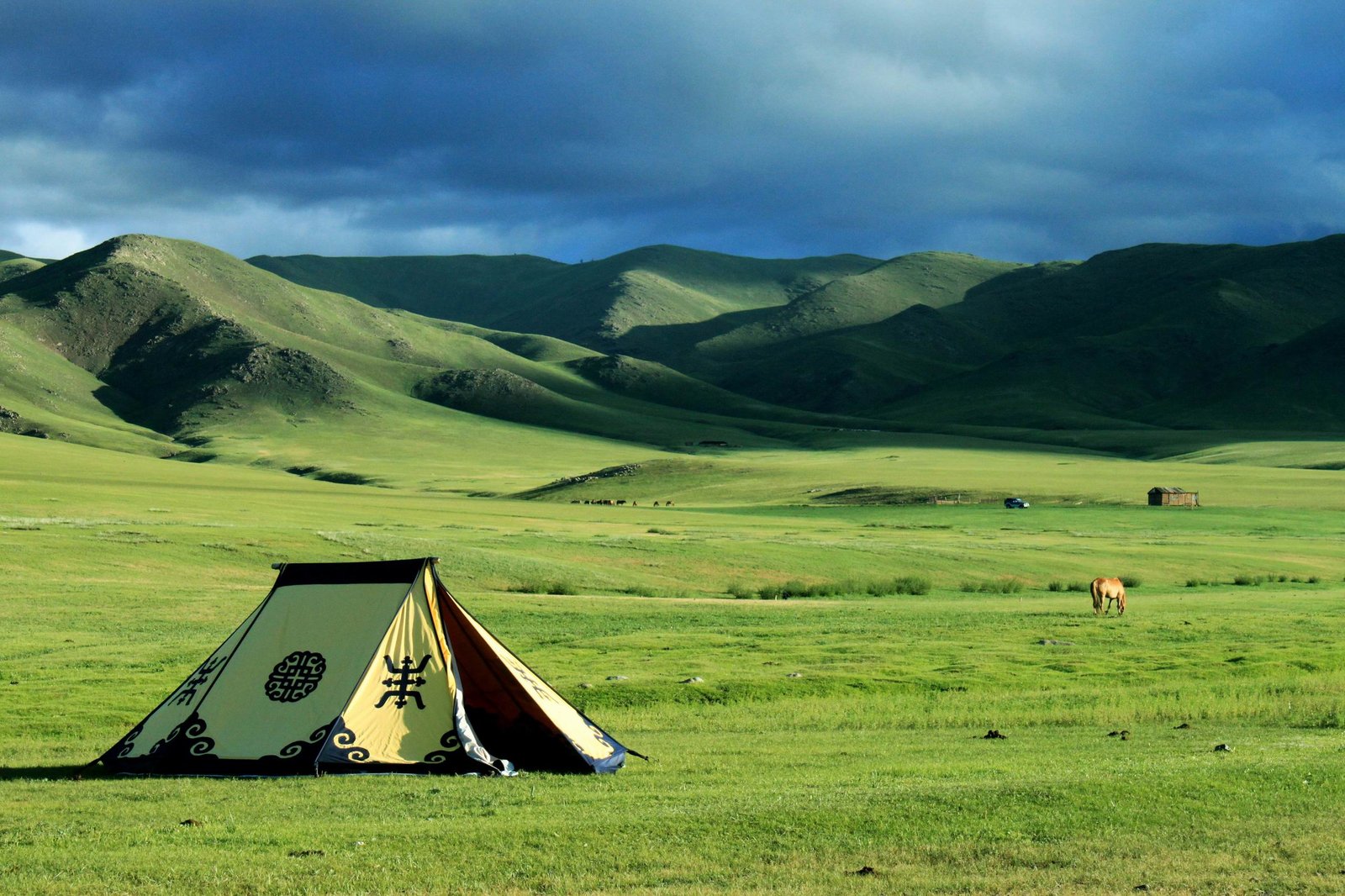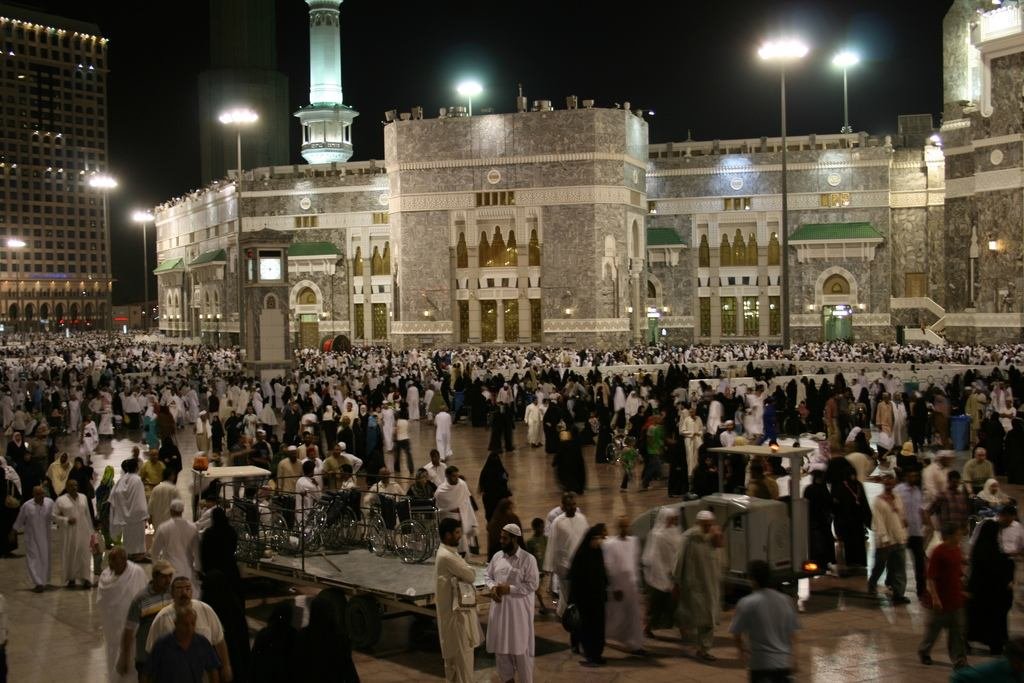Introduction
Mongolia, a remote and captivating landlocked country nestled between Russia and China, stands as an extraordinary testament to the power of geographic isolation, nomadic heritage, and a steadfast commitment to preserving its rich culture and environment. In an era marked by rapid globalization and modernization, Mongolia has managed to retain its pristine natural beauty and uphold a nomadic tradition that spans centuries.
This comprehensive article will delve deeper into the multifaceted reasons behind Mongolia’s distinction as the world’s most preserved country.
Geographic Isolation
Mongolia’s remarkable preservation can be largely attributed to its geographic isolation. The country’s expansive and diverse terrain is framed by imposing natural barriers, with rugged mountain ranges to the north and west, the vast Gobi Desert stretching southward, and seemingly endless steppes extending to the east.
These formidable geographical features have acted as a protective fortress against external influences, shielding Mongolia’s distinct culture, ancient traditions, and pristine environment. The isolation, both a blessing and a curse, has allowed Mongolia to develop independently, preserving its unique identity and way of life.
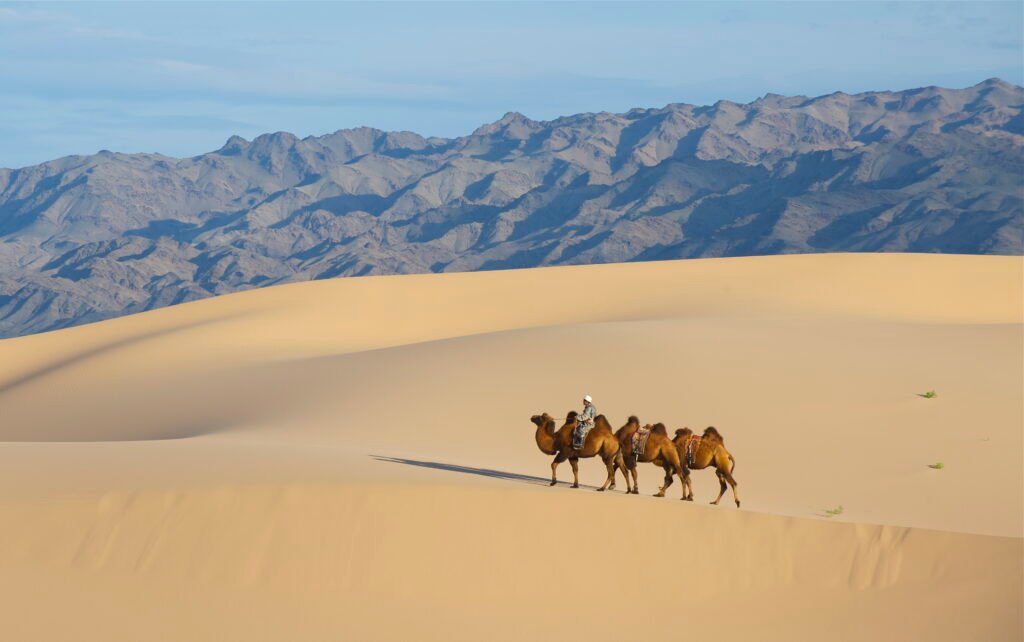
Nomadic Heritage
At the core of Mongolia’s exceptional preservation lies its nomadic heritage. For countless generations, Mongolians have thrived as nomads, a lifestyle characterized by constant movement in harmony with the rhythms of the land. This nomadic existence, centered around herding livestock across vast grasslands, has instilled in the Mongolian people a profound and enduring connection with nature.
Their way of life embodies a deep reverence for the environment, and it is this reverence that has played a pivotal role in safeguarding Mongolia’s pristine landscapes. Even in the face of modernization, traditional ger (yurt) dwellings still dot the Mongolian landscape, serving as tangible symbols of a nomadic lifestyle that persists to this day.
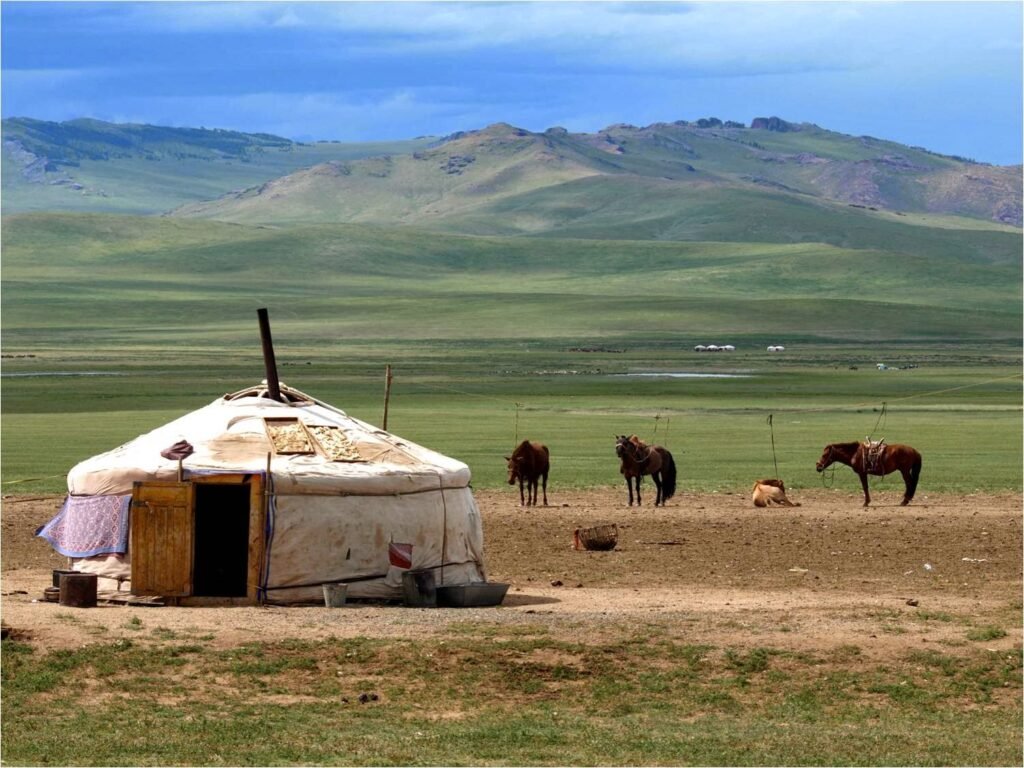
Strong Cultural Identity
Mongolia takes immense pride in its rich cultural heritage, which has been lovingly preserved and passed down through countless generations. The Mongolian people have demonstrated remarkable resilience in protecting their language, customs, music, dance, and traditional arts from the onslaught of external influences.
Celebrations such as the renowned Naadam Festival are vibrant showcases of Mongolia’s cultural prowess and serve as poignant reminders of its glorious past. This unwavering commitment to cultural preservation has forged a profound sense of identity among Mongolians, creating a cultural tapestry that remains remarkably intact amidst the rapidly changing world.
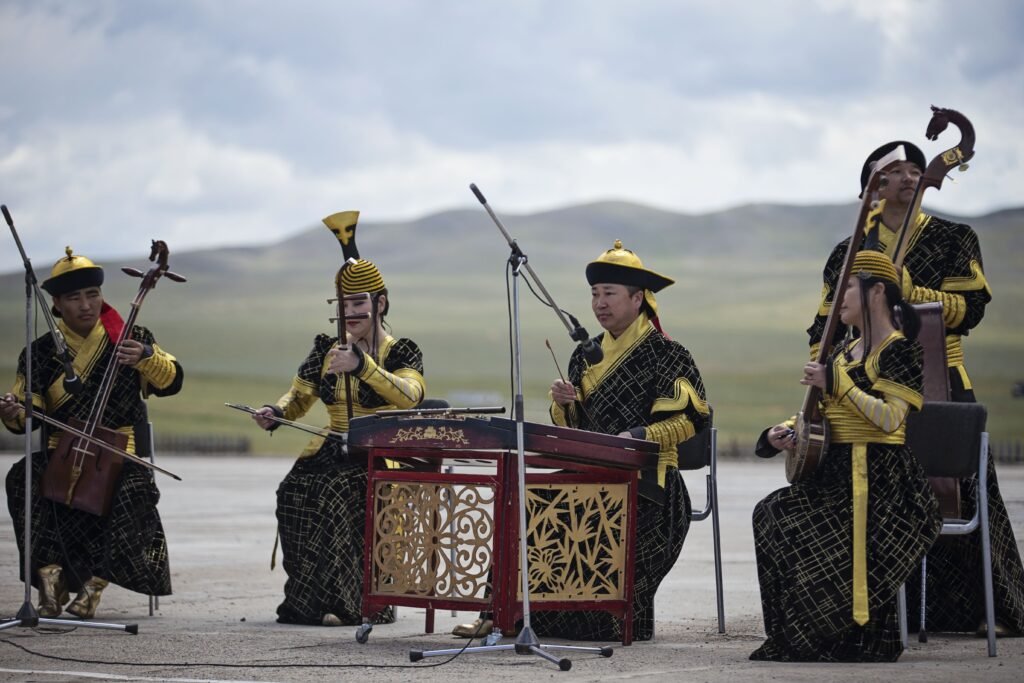
Protected Natural Landscapes
Mongolia boasts some of the world’s most breathtaking and ecologically diverse natural landscapes, which have been painstakingly protected through various conservation efforts. The country is home to a plethora of ecosystems, including the arid expanses of the Gobi Desert, the majestic Altai Mountains, and the sprawling steppes that seem to stretch into infinity.
Recognizing the need to safeguard these invaluable natural treasures, Mongolia has designated many of these areas as national parks, nature reserves, and UNESCO World Heritage Sites. This commitment ensures that these stunning landscapes, and the rich biodiversity they harbor, will endure for generations to come.
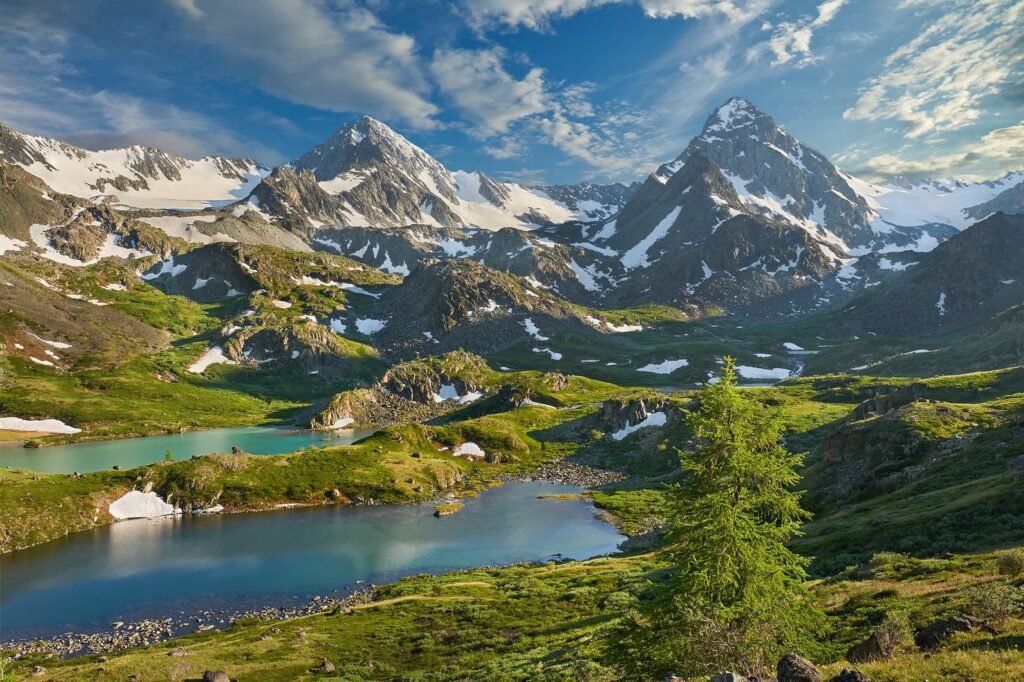
Sustainable Tourism Practices
In a world where tourism can often lead to degradation, Mongolia has embraced sustainable tourism practices that not only showcase its natural and cultural heritage but also protect them. The Mongolian government actively promotes responsible tourism that respects local traditions, supports local communities, and minimizes ecological footprints.
This approach ensures that tourism becomes a positive force in Mongolia’s ongoing preservation efforts rather than a source of harm. Visitors are encouraged to engage with local nomadic communities, immerse themselves in the unique traditions, and explore the pristine wilderness with minimal impact, thus contributing to the sustainability and preservation of this remarkable country.
Conclusion
Mongolia’s exceptional preservation is a harmonious blend of geographic isolation, nomadic heritage, strong cultural identity, protected natural landscapes, and sustainable tourism practices. These elements have combined to allow Mongolia to retain its pristine beauty, rich culture, and unique way of life in an ever-changing world.
As the rest of the globe hurtles forward into an increasingly interconnected and modernized future, Mongolia stands as a beacon, reminding us of the importance of preserving our past, embracing our traditions, and protecting the natural world that sustains us all. It serves as an awe-inspiring testament to the enduring power of human connection with nature and heritage.

